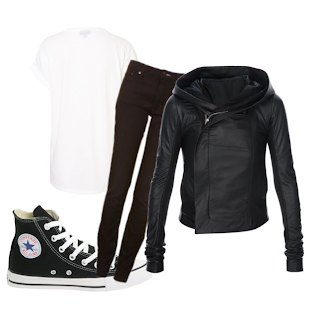The term describes a range of filmmaking styles that are generally quite different from, and often opposed to, the practices of mainstream commercial and documentary filmmaking. Avant-garde is also used, for the films shots in the twenties in the field of history’s avant-gardes currents in France or Germany, to describe this work, and "underground" was used in the sixties, though it has also had other connotations. Today the term "experimental cinema" prevails, because it’s possible to make experimental films without the presence of any avant-garde movement in the cultural field.
While "experimental" covers a wide range of practice, an experimental film is often characterized by the absence of linear narrative, the use of various abstracting techniques—out-of-focus, painting or scratching on film, rapid editing—the use of asynchronous (non-diegetic) sound or even the absence of any sound track. The goal is often to place the viewer in a more active and more thoughtful relationship to the film. At least through the 1960s, and to some extent after, many experimental films took an oppositional stance toward mainstream culture.
Most such films are made on very low budgets, self-financed or financed through small grants, with a minimal crew or, often a crew of only one person, the filmmaker. Some critics have argued that much experimental film is no longer in fact "experimental" but has in fact become a mainstream film genre. Many of its more typical features—such as a non-narrative, impressionistic, or poetic approaches to the film's construction—define what is generally understood to be "experimental".
Most such films are made on very low budgets, self-financed or financed through small grants, with a minimal crew or, often a crew of only one person, the filmmaker. Some critics have argued that much experimental film is no longer in fact "experimental" but has in fact become a mainstream film genre. Many of its more typical features—such as a non-narrative, impressionistic, or poetic approaches to the film's construction—define what is generally understood to be "experimental".
Laura Mulvey's writing and filmmaking launched a flourishing of feminist filmmaking based on the idea that conventional Hollywood narrative reinforced gender norms and a patriarchal gaze. Their response was to resist narrative in a way to show its fissures and inconsistencies. Chantal Akerman and Sally Potter are just two of the leading feminist filmmakers working in this mode in the 1970s. Video art emerged as a medium in this period, and feminists like Martha Rosler and Cecelia Condit took full advantage of it.
In the 1980s feminist, gay and other political experimental work continued, with filmmakers like Barbara Hammer, Su Friedrich, Tracey Moffatt, Sadie Benning and Isaac Julien among others finding experimental format conducive to their questions about identity politics.
The queercore movement gave rise to a number experimental queer filmmakers such as G.B. Jones (a founder of the movement) in the 1990s and later Scott Treleaven, among others.


